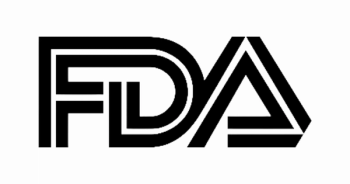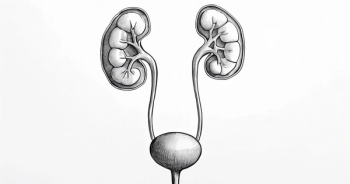
FDA Fast-Tracks Givinostat for Polycythemia Vera Treatment

The FDA granted fast track status to givinostat for treating high-risk polycythemia vera, supporting its potential shown in the ongoing phase 3 GIV-IN PV trial.
- The FDA has granted givinostat (Duvyzat) fast track status for the treatment of patients with polycythemia vera (PV).
- Givinostat is an orally administered histone deacetylase (HDAC) inhibitor.
- The agent is currently being assessed in the ongoing phase 3 GIV-IN PV trial (NCT06093672) in patients with JAK2 V617F-positive, high-risk PV.
The FDA has granted fast track designation to the orally administered HDAC inhibitor givinostat for the treatment of patients with PV.1
“The FDA decision to grant givinostat fast track designation underscores the urgent need for innovative treatments for PV and highlights the potential of givinostat to make a meaningful difference,” said Paolo Bettica, MD, PhD, chief medical officer at Italfarmaco Group, in a press release. “We look forward to working closely with the FDA as we plan for completion of our phase 3 clinical trial.”
Both the FDA and European Medicines Agency have granted prior orphan drug designations to givinostat for PV. The FDA also has previously granted approval of
Currently, an ongoing, multicenter, randomized, phase 3 trial titled GIV-IN PV is evaluating the agent’s efficacy and safety vs hydroxyurea for the treatment of patients with JAK2 V617F-positive, high-risk PV.2
Enrollment in the trial is open to patients aged 18 years and older with a confirmed diagnosis of PV per 2016 WHO criteria within 3 years of randomization. Additional inclusion criteria requires patients to have a JAK2 V617F mutation; meet high-risk criteria for thrombosis, which is defined as being at least 60 years of age and/or a history of prior thrombosis; have a need for cytoreductive treatment at screening; and have a normalized hematocrit of less than 45% by the time of randomization.
Once enrolled in the trial, patients are randomly assigned to the experimental arm where they will receive givinostat or to the active comparator arm where they will be given hydroxyurea.
The primary endpoints of the study are defined by the proportion of patients who achieve a clinical response by week 48, evaluated over the period from week 25 to week 48. A response is characterized by meeting all of the following criteria: hematocrit level below 45% without requiring phlebotomy in the previous 3 months; white blood cell count less than or equal to 10 × 10⁹/L; platelet count less than or equal to 400 × 10⁹/L; and a normal spleen size as determined by imaging, defined as a longitudinal diameter of ≤12 cm for females and ≤13 cm for males. In addition, patients must not experience progressive disease, major hemorrhagic events, or major thrombotic events during this timeframe to be considered responders.
Secondary end points of the study are complete hematologic response (CHR) rate, time from randomization to first CHR, spleen size normalization at week 48, and safety and tolerability through week 48.









































